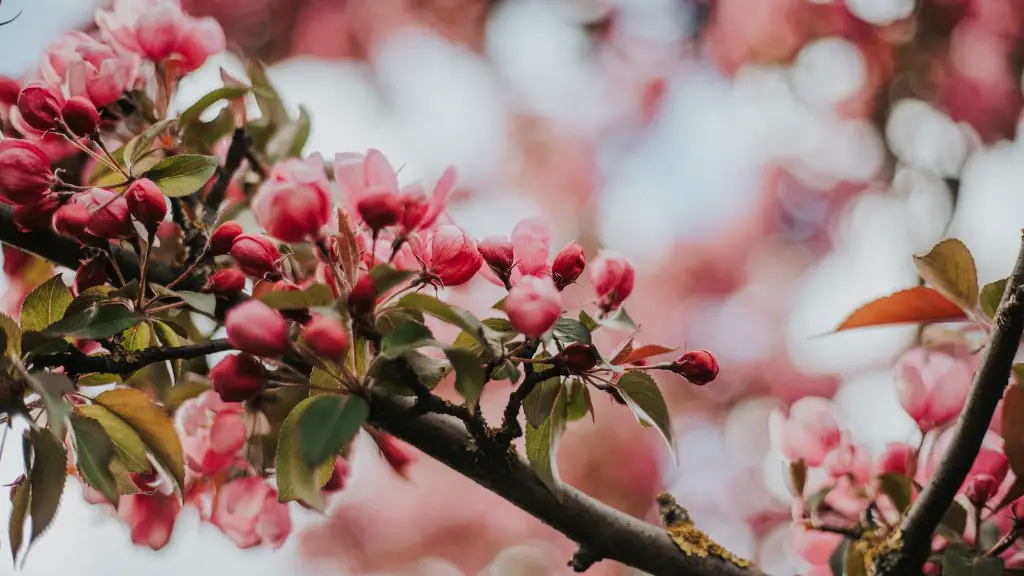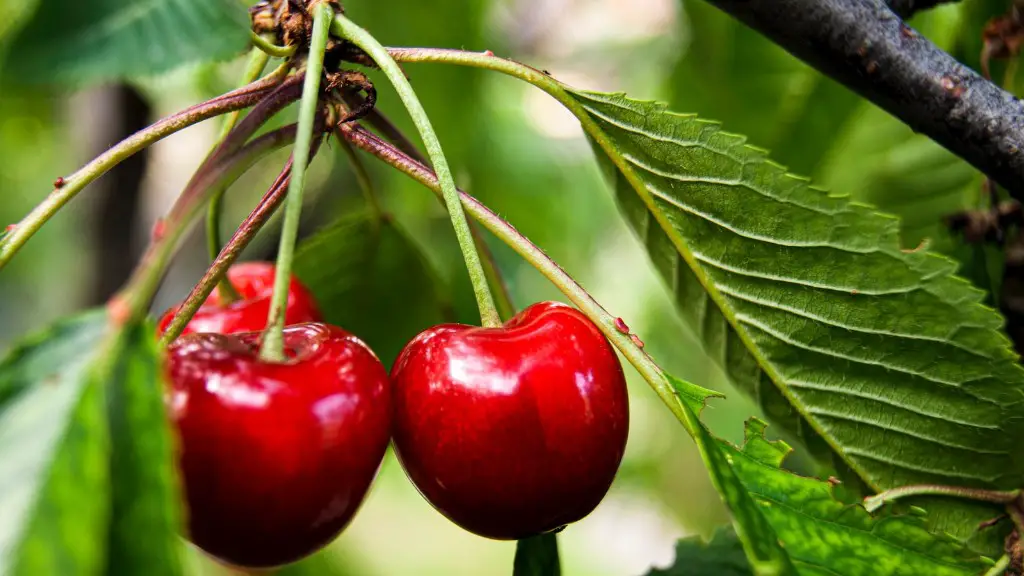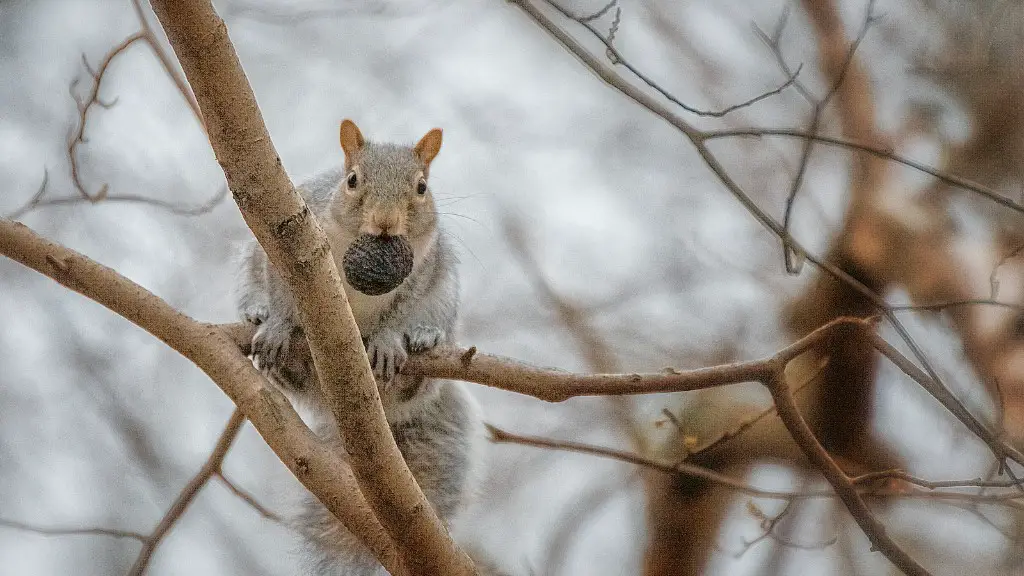About Cherry Trees
Cherry trees are members of the genus Prunus, and are actually categorized as stone fruits. There are hundreds of different species of cherry trees, ranging from sweet cherries to tart cherries to ornamental cherry trees. Each of these different species of cherry tree have different ripening times, sizes and shapes. Most cherry trees take about four to five years to bear fruit, but there are some varieties that can bear fruit earlier.
It is important to know the species of cherry tree you want to plant, as it may influence how long it takes to bear fruit. Generally, when planting a cherry tree, you should expect to wait four to five years before you are able to taste any of the sweet fruit.
Another factor that affects how long it takes for a cherry tree to bear fruit is the climate in which it is growing. If the cherry tree is planted in an area with cold winters and hot summers, then the tree will bear fruit sooner than if it was planted in a climate with mild winters and subtle summers.
Planting a Cherry Tree
When planting a cherry tree, it is important to be sure that you have selected the correct species for your area. Different types of cherries have different levels of hardiness and may require different levels of care to produce an abundance of fruit.
You should plant your cherry tree in well-drained soil and make sure it is in a location that receives six to eight hours of direct sunlight each day. You should also fertilize your tree each spring to ensure it is getting the nutrients it needs to grow and bear fruit.
It is also important to prune your cherry tree regularly to ensure it is healthy and can withstand cold winters and hot summers. Pruning your tree can also help to promote healthy growth, which will aid in the fruiting process.
Once your cherry tree has been planted and cared for properly, you should expect to wait anywhere from three to five years before it bears fruit. If you have chosen the correct species for your climate, the wait time should be closer to three years than five.
Harvesting Your Cherries
Once your cherry tree has borne fruit, you should expect to harvest your cherries each year at different times, depending on the species of cherries being harvested. Sweet cherries are usually ready for harvest between late spring and early summer, while tart cherries are generally ready for harvest in mid-summer.
When harvesting your cherries, you should be sure to pick the cherries that are fully ripe. You can tell when a cherry is ripe by looking at its color and feeling its texture. Fully ripe sweet cherries will be plump and firm, while fully ripe tart cherries will be smaller and softer.
After harvesting your cherries, you can store them in the refrigerator for up to two weeks. You can also freeze or can your cherries, which will allow them to last for several months.
Cherry Tree Lifespan
Cherry trees have an average lifespan of about 15 to 20 years, although some varieties have been known to live for up to 50 years. It is important to note that if your tree is not properly cared for and not provided with enough sunlight and adequate nutrients, its lifespan may be shortened.
Once your cherry tree has lived its lifespan, you should consider either replanting or replacing the tree. If you replant, be sure to research the type of cherry tree that you are replanting so that you have the best chance at success.
Planting Cerise Trees From Seeds
You may also choose to plant your cherry tree from seeds, which can take considerably longer to produce fruit. While some cherry trees will produce fruit within three years if planted from seed, others may take up to five years or more.
When planting cherry trees from seed, it is important to first allow the seeds to stratify and then to prepare the soil in which the seeds will be planted. You should also provide your seeds with adequate sunlight and water so that they can germinate and grow into a healthy tree.
Feeding Cherry Trees
In addition to providing your cherry tree with sunlight and water, you should also provide it with adequate nutrition. You can do this by fertilizing your tree each spring with a general-purpose fertilizer or a fertilizer that contains more phosphorus and potassium.
Pruning your cherry tree each year can also be beneficial, as this will promote healthy and balanced growth that will aid in fruiting. If your tree is already bearing fruit, you should prune in the late winter or early spring to ensure your tree is producing the highest quality of fruit.
Protecting Cherry Trees
Cherry trees can be susceptible to certain pests and diseases, so it is important to take steps to protect your tree. You should inspect your tree for any signs of damage or disease and take appropriate action if needed.
To help prevent pests and diseases, you should avoid over-fertilizing your tree and practice proper pruning techniques. If you are aware of any local pests or diseases that may be a threat to your tree, you should take action as soon as possible.
Conclusion
Cherry trees can be a great addition to any garden, and with proper care and maintenance, they can produce delicious fruit for many years. While the process of planting and bearing fruit can take some time, the effort will be worth it when you are able to enjoy the sweet juicy fruit.




